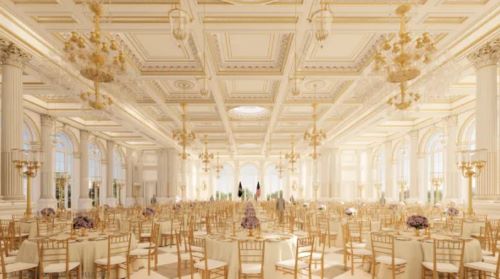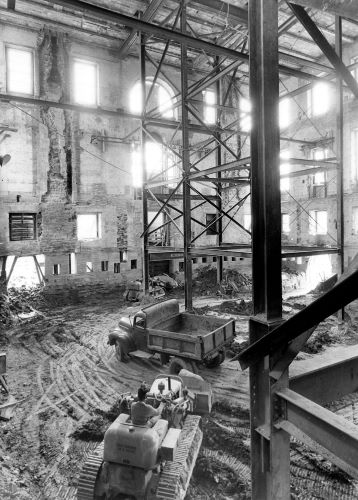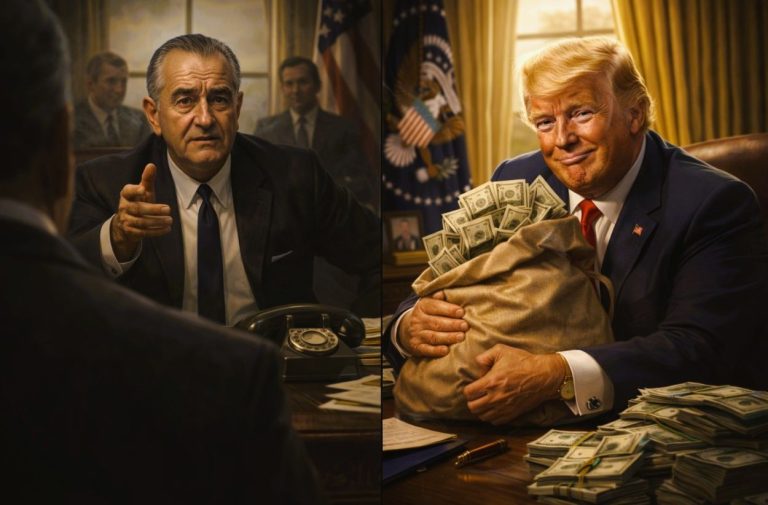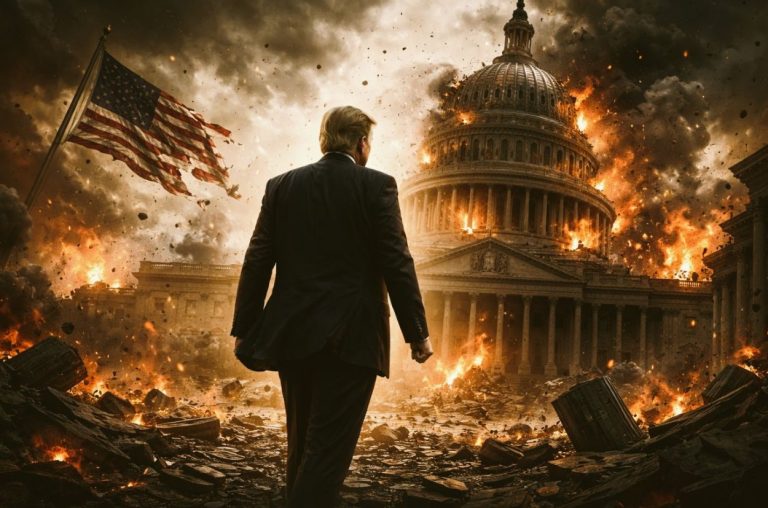

Are we building a room for the world to gather, or a mirror in which only we see our own reflection? That, more than any fresco or chandelier, may be the true legacy of this golden room.

By Matthew A. McIntosh
Public Historian
Brewminate
A Lavish Vision behind Closed Doors
On a humid morning in July, plans quietly circulated among senior staff and select congressional aides regarding a new addition to the White House complex. Not a security expansion. Not an energy upgrade. Instead, a ballroom. A grand, gold-accented, $200 million ballroom, meant to rival the world’s most opulent ceremonial halls.
Though no official announcement has been made, internal budget memos and architectural drafts obtained by investigative reporters suggest that the new space will be modeled after the Hall of Mirrors at Versailles, with gilded columns, crystal chandeliers imported from Austria, and a vaulted ceiling adorned with allegorical frescoes themed around “American Destiny.”
The project would be the largest architectural addition to the White House since the Truman reconstruction. Critics are already calling it an exercise in personal vanity disguised as national legacy. Others see it as a calculated political performance, designed to recast the presidency itself in an aura of imperial nostalgia.
Why a Ballroom, and Why Now?
According to internal justifications, the proposed ballroom would serve as a space for “state functions, high-level diplomacy, and symbolic unity.” Supporters within the administration argue that the current East Room is insufficient for hosting major summits, cultural ceremonies, or heads of state from countries where extravagant hospitality is seen as a measure of respect.
The current structure has indeed seen wear. Designed originally as a multipurpose space, the East Room has played host to everything from concerts to press conferences. But it is modest by modern diplomatic standards. By contrast, the proposed Golden Ballroom would occupy approximately 90,000 total square feet, seat 650 and feature retractable walls, concealed media booths, and state-of-the-art acoustics tuned for orchestral performances and formal addresses.
Publicly, the administration frames the endeavor as an investment in soft power. Privately, several sources describe it as a personal passion project of the current First Family, particularly inspired by visits to European palaces and Gulf royal residences.
The design, still in flux, reportedly includes gold leaf ceilings, Versailles-style parquet floors, and a centerpiece mural titled “The Triumph of Liberty.” The final budget, initially estimated at $110 million, has ballooned to nearly double that due to “material authenticity requirements” and international sourcing.
Historical Precedent, Contemporary Backlash

No American president has attempted a structural embellishment of this scale since Harry Truman oversaw the gutting and rebuilding of the White House’s interior between 1948 and 1952. That renovation, driven by structural necessity, was widely accepted despite cost overruns. This project, by contrast, is entirely discretionary.
Historians and preservationists are divided. Some view the project as an affront to the understated architectural symbolism of the White House, which was meant to reflect republican restraint in contrast to European monarchy. James Hoban’s original neoclassical design echoed democratic ideals through proportion and balance, not grandeur.
This isn’t just about taste. It is about what we want the presidency to represent. To graft Versailles onto Pennsylvania Avenue is not simply to admire Europe’s past. It is to misunderstand America’s.
Some defend the move as a necessary evolution. The modern presidency, they argue, requires more than secure war rooms and press briefings. It demands spectacle. It competes for narrative authority with foreign leaders who do not hesitate to host summits in gold-trimmed palaces. In this view, aesthetic politics is no longer optional. It is strategic.
Dollars and Democratic Optics
But at $200 million, the optics are difficult to manage. The announcement comes at a time when federal food assistance programs face budget shortfalls, student loan forgiveness remains stalled, and major cities struggle with housing and healthcare crises.
While the administration insists that private donations and cultural grants will fund much of the cost, the details remain murky. At least $70 million is expected to come from federal discretionary infrastructure funds originally allocated for “civic architectural revitalization.” That phrase, broad enough to encompass nearly any public project, has drawn scrutiny from watchdog groups and policy analysts.
Senate Minority Leader Chuck Schumer (D-N.Y.) said in a video posted to social media, “This is what DOGE was all about, folks. Cutting things from you, and giving it not to some place that needed it, giving it to the big shots who run the show, Donald Trump at the top of the list.”
Supporters counter that government should not shy away from building beauty. They point to the WPA murals of the 1930s, the Kennedy Center, and even the Capitol dome as examples of public investment in national culture. To them, the Golden Ballroom is not wasteful; it is aspirational.
The Stagecraft of American Power
The timing is not accidental. With the 2026 midterms looming and the 2028 presidential cycle already casting a long shadow, the ballroom has all the makings of a campaign totem. It suggests vision, confidence, permanence. It speaks to a political theater where the trappings of power are as important as policy itself.
Even before its first stone is laid, the ballroom has begun to shape narratives. Political commentators note how quickly it has become a symbol in both support and opposition. To some, it represents the American Dream rendered in marble and gold. To others, it is a gilded cage, trapping the presidency in a fantasy of its own making.
As construction firms begin early site surveys behind security cordons, the deeper question remains unanswered: what does this space say about us? Not just about a single administration or its aesthetic preferences, but about the broader drift of the American political imagination.
Are we building a room for the world to gather, or a mirror in which only we see our own reflection?
That, more than any fresco or chandelier, may be the true legacy of this golden room.
Originally published by Brewminate, 08.05.2025, under the terms of a Creative Commons Attribution-NonCommercial-NoDerivatives 4.0 International license.


